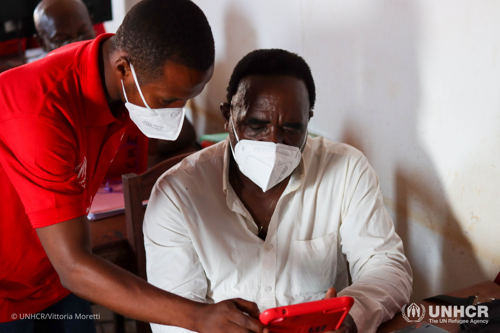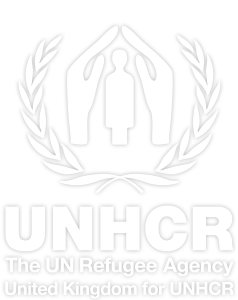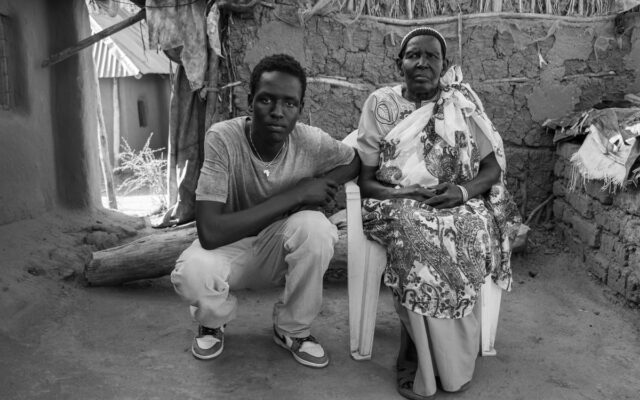Instant Network Schools are helping fuel the dreams of refugee children and placing the opportunity to learn directly into their hands. UNHCR and the Vodafone Foundation are partnering to ensure refugee children have the opportunity to discover and grow their talents, harness their potential and pave a path to a brighter future for themselves, their families and their communities.
But what is an Instant Network School and how do they provide access to education for refugee children? Learn more about how this exciting program is giving refugee children another chance to reclaim their childhood and dream big.
1. What are Instant Network Schools?
Instant Network Schools (INS) address refugees’ education resource needs by effectively transforming classrooms into multimedia hubs. Established in 2013, INS provides young refugees, host communities and their teachers with access to digital tools and resources, content aligned with local curriculum, internet connectivity and robust teacher training and support. UNHCR co-develops each INS location with school leaders, local education ministries, community leaders and teachers to ensure student success.
2. What tools are provided to refugees and host communities through INS?

Mozambique. Instant Network School opens in Maratane Refugee Settlement
For many refugee children, fleeing their homes also means losing access to quality education. If there is a school in the refugee camp or host community, it is often under resourced and overcrowded. By leveraging new technology, INS is ensuring that the best global educational resources are made available to refugee and host communities alike. Each school is provided with an Instant Classroom Kit which includes:
A laptop for teacher
25 tablets for students
Projector and speakers
An inbuilt charging station
Local server
3G connectivity/Wifi router
Online security solution to ensure safe browsing
In addition to these kits, schools are also equipped with sustainable solar-based energy systems and a back-up generator. Teachers are supported by a local coach who provides hands-on training and assistance.
3. How is the INS program impacting refugees?

Kenya. Vodafone Foundation and UNHCR dream ball competition
Since 2013, the INS program has established 84 Instant Network Schools in Egypt, South Sudan, the Democratic Republic of the Congo, Tanzania, Mozambique and Kenya. To date, the program has enrolled 158,780 students and benefited 293,535 additional people including teachers, coaches, community members and family members. A 2019 impact assessment confirms the positive impact the INS program is having on refugees’ learning outcomes, including:
A 61 percent increase in digital literacy for students
A 125 percent increase in digital literacy for teachers
Improved academic performance
Increased school attendance
Increased student and teacher motivation
Broadened interest in higher education and career aspirations
In addition to normal classroom hours, INS centers are also used for a wide range of activities that benefit students, teachers and community members. INS centers are used to prepare lessons and support self-study, for extra-curricular activities including sports and entertainment, debates and language learning clubs, coding sessions among others.
4. What are the challenges faced by the INS program?

Democratic Republic of the Congo. Online learning improve access to quality education for CAR refugees and Congolese
The INS program faced several challenges in 2021 as a result of the COVID-19 pandemic. The target countries experienced learning disruptions and global procurement and shipment holdups, which resulted in the delayed expansion of the program. COVID-19 put additional pressure on already limited classroom spaces by reducing the number of refugee students in classrooms and contact between students and teachers.
In 2020, co-design workshops, which take place in the planning stage of INS implementation between UNHCR and community leaders, were canceled due to social distancing measures.
In addition to challenges posed by COVID-19, internet connectivity and speed remains an issue in existing INS locations. Solar power challenges have also been raised in the Democratic Republic of the Congo, Kenya and Tanzania due to battery failure, lack of maintenance or damage by lightning strikes. Despite these challenges, UNHCR and Vodafone Foundation continue to work together to expand the INS program and provide timely and effective support to existing INS schools.
5. What are next steps for the INS program?
UNHCR and Vodafone Foundation have a 5-year expansion plan for the INS program through 2025. The goal of the INS program is to expand to 300 total INS centers in six target countries and impact 500,000 students, 10,000 teachers and an additional one million people including community and family members by the end of 2025. In 2020, the first year of the expansion plan, the INS program increased from 36 to 47 schools and by May 2022, 84 INS schools were opened.




